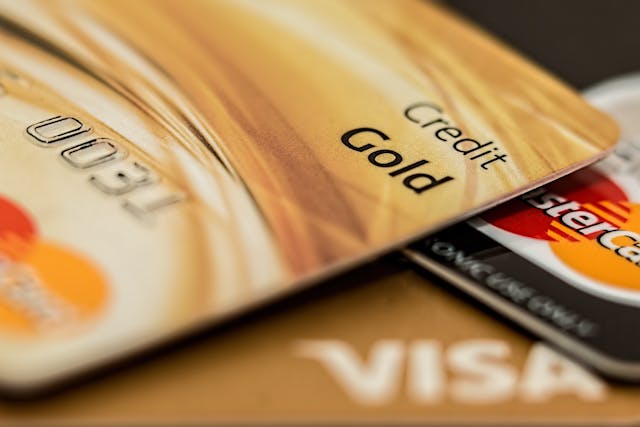Debt Management Plan: Although debt can be crippling, you can lessen your financial load, pay back your debts in a calculated manner, and become financially independent with the correct debt management plan. This article will assist you in taking charge of your money, regardless of whether you are struggling with credit card debt, personal loans, or EMIs in India.

Step 1: Evaluate Your Debt Conditions
Knowing what your financial responsibilities are is the first step in controlling your debt.
- Add credit cards, personal loans, auto loans, house loans, and any other obligations to your list of debts.
- Prioritise paying off high-interest loans first by checking interest rates.
- Calculate Monthly EMIs: Find out what percentage of your salary is used to pay off debt.
- Examine Your Credit Score: You may be able to get better loan conditions in the future if you have a high CIBIL score.
Step 2: Establish a Budget That Is Reasonable
Effective money allocation can be facilitated by a carefully thought-out budget.

- Utilise budgeting applications such as MoneyView, Walnut, or Goodbudget to keep tabs on your earnings and outlays.
- Cut Superfluous Spending: Spend less on subscriptions, eating out, and impulsive purchases.
- Establish Monthly Savings Objectives: Try to set aside at least 20% of your salary for emergencies and debt repayment.
- Set a Fixed Amount for Debt Repayment: Give loan repayments precedence over personal expenses.
Step 3: Give Your Debts Priority
Two popular methods of repayment can be beneficial:
- Avalanche Method: To save money over time, pay off high-interest loans first.
- Snowball Method: For motivation and rapid wins, pay off the lowest bills first.
- Debt Stacking Approach: To maximise repayments, use many tactics.
Step 4: If necessary, consolidate your loans
Lower interest rates and easier payments are two benefits of loan consolidation.
- Credit Cards with Balance Transfers: Convert high-interest debt to a low-interest credit card.
- Debt Consolidation Loan: To pay off several obligations at a reduced interest rate, think about obtaining a personal loan.
- Gold Loan or Loan Against FD: To obtain a loan with a cheaper interest rate, utilise your current assets.
- Improve Loan Terms: Ask your bank about possible restructurings.
Step 5: Engage in Lender Negotiations
Talk to your lenders if you’re having trouble making your payments.

- Ask for Lower Interest Rates: Long-term clients of some institutions are eligible for lower interest rates.
- Restructure Loans: To lower monthly EMIs, extend the loan term.
- Settlement Offers: If you’re having financial difficulties, some lenders may let you pay off your debt in part.
- Seek Professional Financial Advice: If necessary, seek the advice of a professional financial planner.
Step 6: To prevent late fees, automate payments
Your credit score is impacted and fines are imposed for late payments.
- To guarantee that payments are taken out on schedule, set up auto-debit for EMIs.
- Employ Reminders: Configure SMS or calendar alerts for important occasions.
- Avoid Credit Card Minimum Payments: To avoid accruing interest, always pay the entire amount owed.
- Leverage Digital Wallets: For easy and rapid payments, use Google Pay, Paytm, or UPI.
Step 7: Raise Your Salary
Increasing your income might hasten the payback of your debt.
- Investigate websites such as Upwork, Fiverr, or Freelancer for part-time or freelance work.
- Invest Sensibly: For long-term wealth growth, take into account mutual funds, PPF, or SIPs.
- Sell Unused Items: Make money off of unused items like outdated furniture or electronics.
- Launch a Side Business: Small business endeavours might generate extra income.
Step 8 : Create an Emergency Fund
An emergency fund stops more debt from piling up.
- Save at least three to six months’ worth of costs.
- Make use of liquid investment options, such as liquid mutual funds or high-interest savings accounts.
- Don’t use emergency savings on leisure or shopping.
- To prevent inadvertent spending, open a dedicated emergency savings account.
Step 9: Keep an eye on your credit rating
Having a high credit score makes it easier to get loans with favourable conditions.

- Regularly check your CIBIL score.
- To keep your credit record in good shape, refrain from applying for loans too frequently.
- To raise your score over time, pay your bills on schedule.
- Employ a Variety of Credit Types: You may raise your credit score by keeping a balance between secured and unsecured loans.
Step 10: Continue Living Debt-Free
After your obligations are paid off, continue to practise financial restraint.
- Use Credit Wisely: Steer clear of needless credit card use.
- Don’t splurge on luxury; instead, live within your means.
- Continue your education in personal finance by attending webinars, following financial blogs, or watching YouTube channels.
- Invest in Your Future Financial Objectives: Begin setting aside money for long-term objectives such as retirement and your children’s schooling.
Conclusion
It takes dedication, discipline, and strategic planning to manage debt. You may take back control of your financial life by evaluating your debts, making sensible budgetary decisions, setting payment priorities, and raising your income. Reduce debt, make prudent repayments, and unwind with financial security by following these procedures.
FAQs
1. How can one effectively handle several debts?
The optimum approach is either the Avalanche or the Snowball strategy, depending on your financial objectives.
2. How do I bargain for a reduced interest rate?
Based on your credit score and repayment history, get in touch with your bank and ask for a rate reduction.
3. Is it wise to consolidate your debt?
Yes, if you can negotiate a lower interest rate; nonetheless, refrain from recklessly taking out further loans.
4. How is my credit score impacted by debt?
While regular repayments raise your credit score, high credit utilisation and late payments diminish it.
5. Is it possible to pay off debt without raising my income?
Yes, by prioritising high-interest bills, reducing wasteful spending, and creating a sensible budget.
6. What are some typical errors made when managing debt?
Common errors include taking on new debt without a repayment plan, neglecting due dates, and merely paying the minimal payments on credit cards.
7. How can I make sure I don’t get into debt again?
To keep your finances stable, develop sound financial practices including saving, budgeting, and living within your means.
